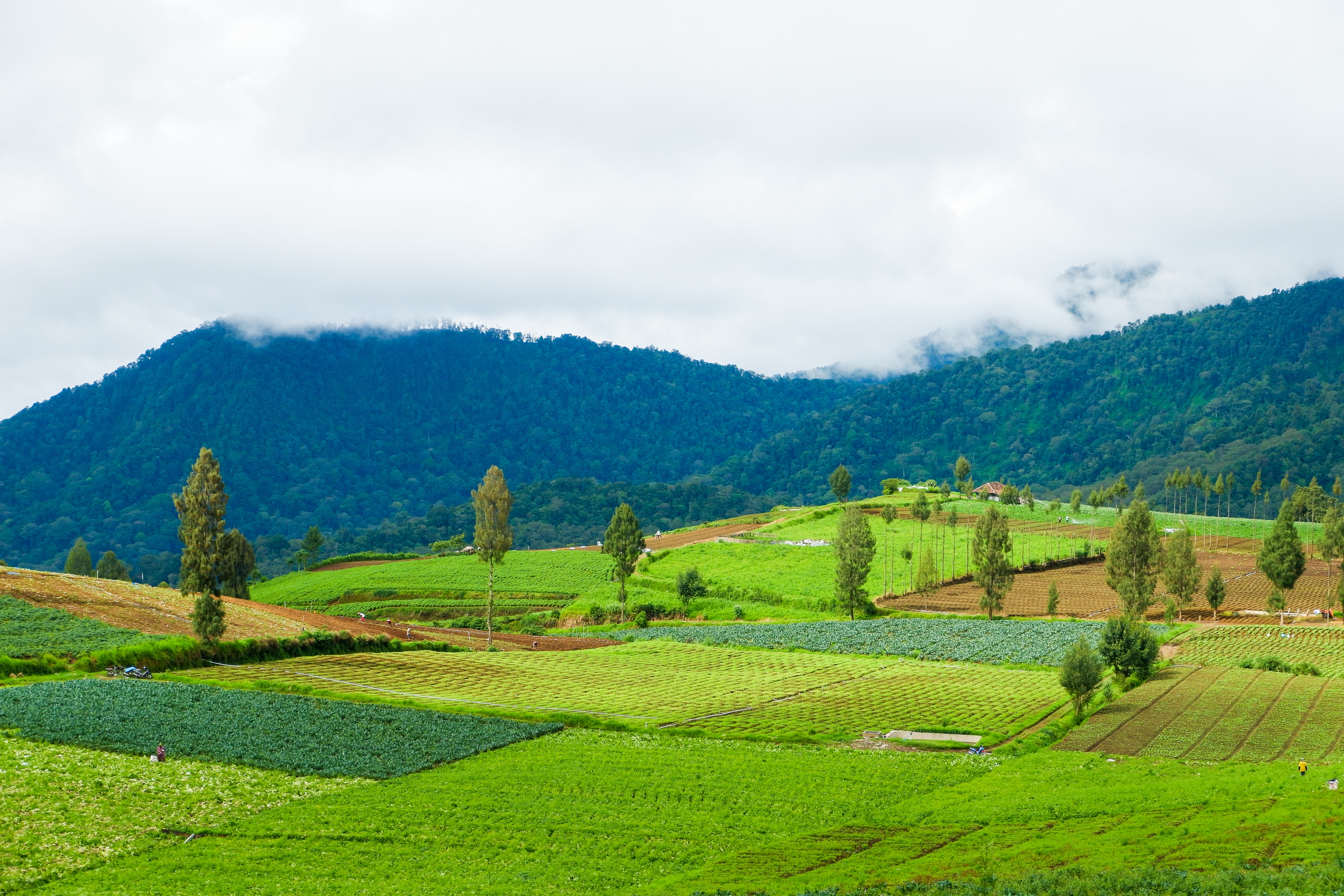GIS techniques not only allow us to understand which species and habitats need protecting, they empower us with the skills to determine the best course of action to do so.
Species Tracking and Inventories
Databases are built and implemented in geographic information systems to accumulate species data all over the world. They allow researchers to study how well or how poorly
a given population is doing over time and space. GIS data scientists and analysts maintain species inventories for future studies, such as work in the spatial analysis
field. The tracking of species throughout migration patterns and daily activity is made possible through spatial analysts. Inventories, GPS location data and habitat characteristics
allow us to follow species from afar, ultimately allowing us to better understand their behaviors and needs for conservation.
There are many phenomenal organizations implementing these skills to better understand wildlife across the world, us included!
Conservation Progress and Monitoring
Monitoring conservation efforts effectiveness and progress over time is another critical task that can be accomplished with GIS. Setting conservation goals, identifying progress
targets and creating predictive models are all feasible with remote sensing, spatial and data analysis. Our team was part of a project that successfully identified key highway crossing points
in several of Canada's National Parks that large mammals frequently used, which ultimately informed where wildlife overpasses should be built. Since then, there has been a notable drop in wildlife collisions
and we continue to monitor the area to track the project's progress.
Our team is currently using GIS predictive modeling to anticipate wildlife responses to habitat alteration and the changing climate. By getting ahead of the problem, we are empowered
to pick the most suitable areas to protect as we anticipate the inevitable shift in species territories over the coming decades. The applications of GIS in the field of habitat and wildlife
conservation are endless, and likely a key part of the solution.


